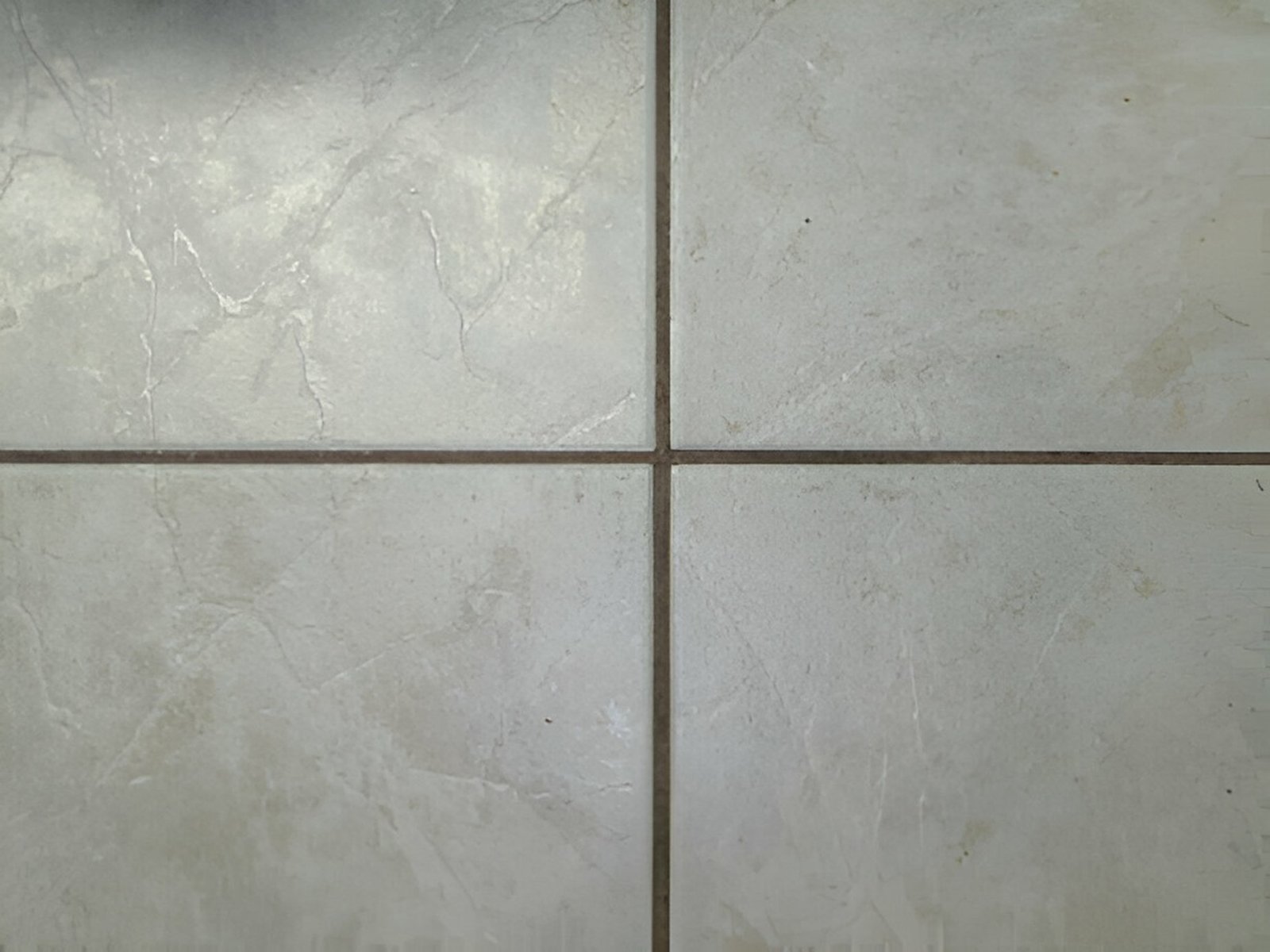Home improvement can be as satisfying as it is overwhelming, can’t it? Amongst the multitude of decisions that we make – a critical one is choosing the right kind of flooring material. Today, we’ll delve into one such debate that homeowners often find themselves engrossed in- Is Silver Travertine Paver a good choice or should we opt for other natural stone materials? In this comprehensive guide, we would be comparing Silver Travertine with other popular natural stone materials.
Elegance, durability, and longevity are some core factors we look for in an ideal flooring option. So, how does Silver Travertine stack up against other natural stone materials in these regards? If you’ve been tossing and turning about Silver Travertine and its counterpart materials, you’re at the right place. We will delve into the pros and cons, maintenance aspects, and aesthetics providing a nuanced view to help make the decision easier.
While Silver Travertine Pavers have been skyrocketing in popularity recently, the old players in the market such as granite, marble, and limestone also hold considerable sway. Each of these materials come with their own set of advantages and disadvantages, and today we break it down for you.
Understanding Silver Travertine
Travertine is a type of limestone that originates from hot springs and limestone caves. Silver Travertine is unique in the travertine family due to its distinct silver hue, hence the name. This cool-toned beauty brings about a vibrancy creating a unique aesthetic appeal.
But Silver Travertine isn’t just about aesthetics. This natural stone material is also coveted for its heat-resistance and durability even in areas with high foot traffic. In addition, it has a non-slip surface which makes it ideal for pool decks and patios.
However, Silver Travertine, like other stones, has pros and cons. Its porous nature may require frequent sealing to prevent staining. These factors are important to consider when comparing Silver Travertine to other natural stone material options.
The Aesthetics of Silver Travertine v/s Other Natural Stone Materials
Natural stone materials bring varying aesthetic effects to your home. Granite, marble, and limestone elicit a classic old-world charm. Meanwhile, Silver Travertine comes with a contemporary appeal due to its cooler undertones and textured finish.
When it comes to elegance, marble stands out with its intricate veining and luxury feel. However, Silver Travertine can also add an element of luxury with its unique silver hue and textured surface.
In essence, the choice between Silver Travertine and other natural stone materials boils down to your personal preference and the ambience you wish to create.

Durability and Longevity: Silver Travertine v/s Other Natural Stones
Durability is one area where Silver Travertine truly shines. Unlike other natural stones, it absorbs heat, ensuring a comfortable surface underfoot even during warmest weather conditions. It also holds up well over time, even with heavy traffic.
Compared to granite or marble, Silver Travertine Pavers are softer which may lead to scratches or chips over time. On the other hand, it is generally more resistant to cracking compared to the other stones, the latter might chip under extreme weather conditions.
Thus, in terms of durability and longevity, each stone material showcases its own strengths and weaknesses. The preference would be decided by one’s lifestyle and usage patterns.
Maintenance Perspective: Silver Travertine v/s Other Natural Stones
From a maintenance perspective, Silver Travertine does require a little more attention. Its porous nature means it may require frequent sealing to prevent staining and damage.
In comparison, other natural stones like granite and marble have a higher resistance to scratching and staining, thus requiring less maintenance. However, Marble may react with acidic substances causing etches which can be avoided in case of Silver Travertine.
In a nutshell, routine care for all these natural stone materials involves simple measures like wiping spills immediately, using heat pads under hot items, and regular sealing, regardless of the stone type.
Cost Analysis: Silver Travertine v/s Other Natural Stones
Finally, let’s talk about cost. In general, Silver Travertine, granite, and marble fall in the same price range, where factors such as quality, thickness, and origin determine the variations. While Marble can be on the costlier side due to its luxury appeal, limestone is usually the most economical option.
It’s imperative to keep in mind that your forthright fetched isn’t your as it were expense. Maintenance, longevity, and potential replacement costs also play a role in the total cost of ownership of your flooring material, making this aspect worth considering.
Conclusion
Choosing the right material for your flooring isn’t as black and white as picking only based on aesthetics, durability, or cost. It’s a blend of all these factors and then some. Each of these natural stones – Silver Travertine, granite, marble, and limestone, bring their own character to your space.
Silver Travertine has picked up force in later a long time due to its special aesthetics and usefulness highlights. However, other natural stone counterparts like the eternally elegant marble, the durable granite, and cost-effective limestone hold their ground in this battle.
In the end, which stone you choose to grace your abode entirely depends on your personal preference, lifestyle, usage patterns, and budget. Happy Home-improving!








